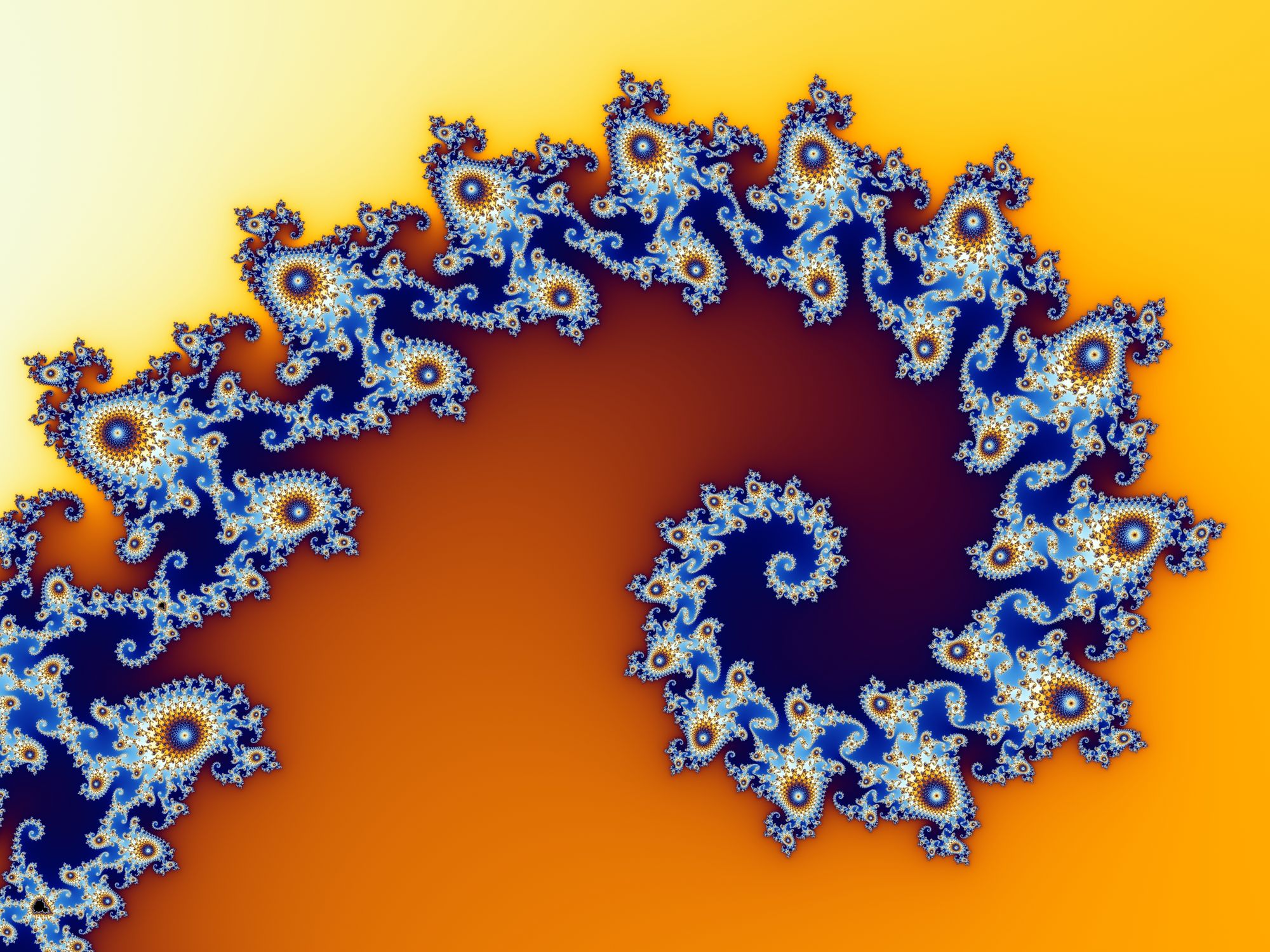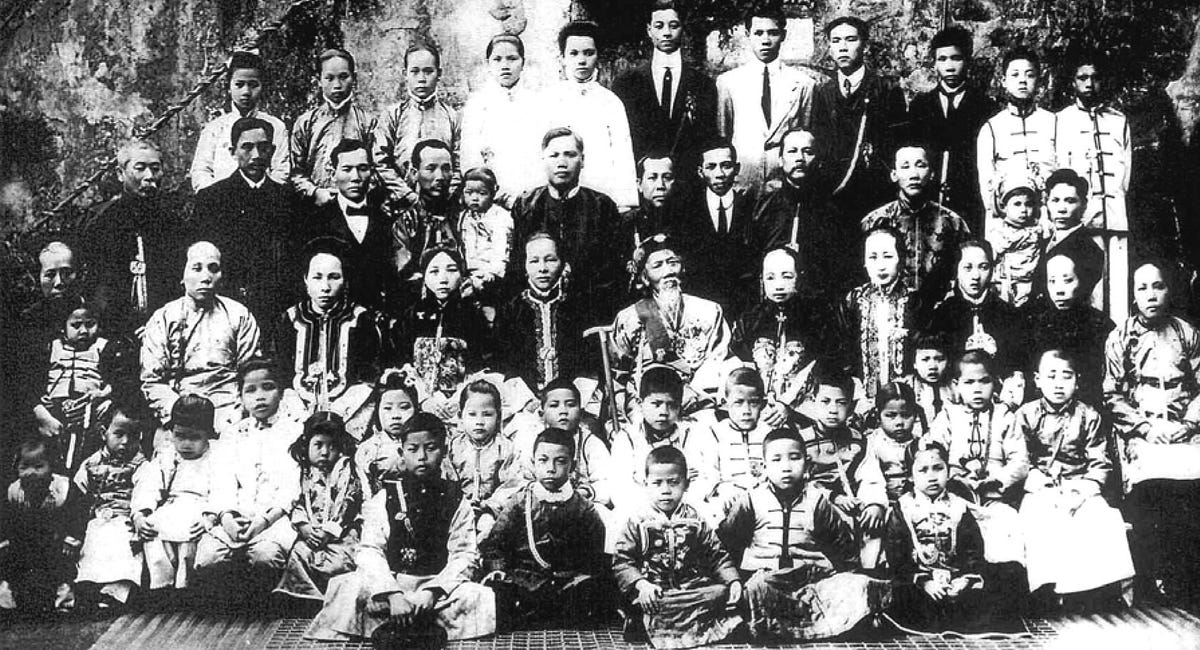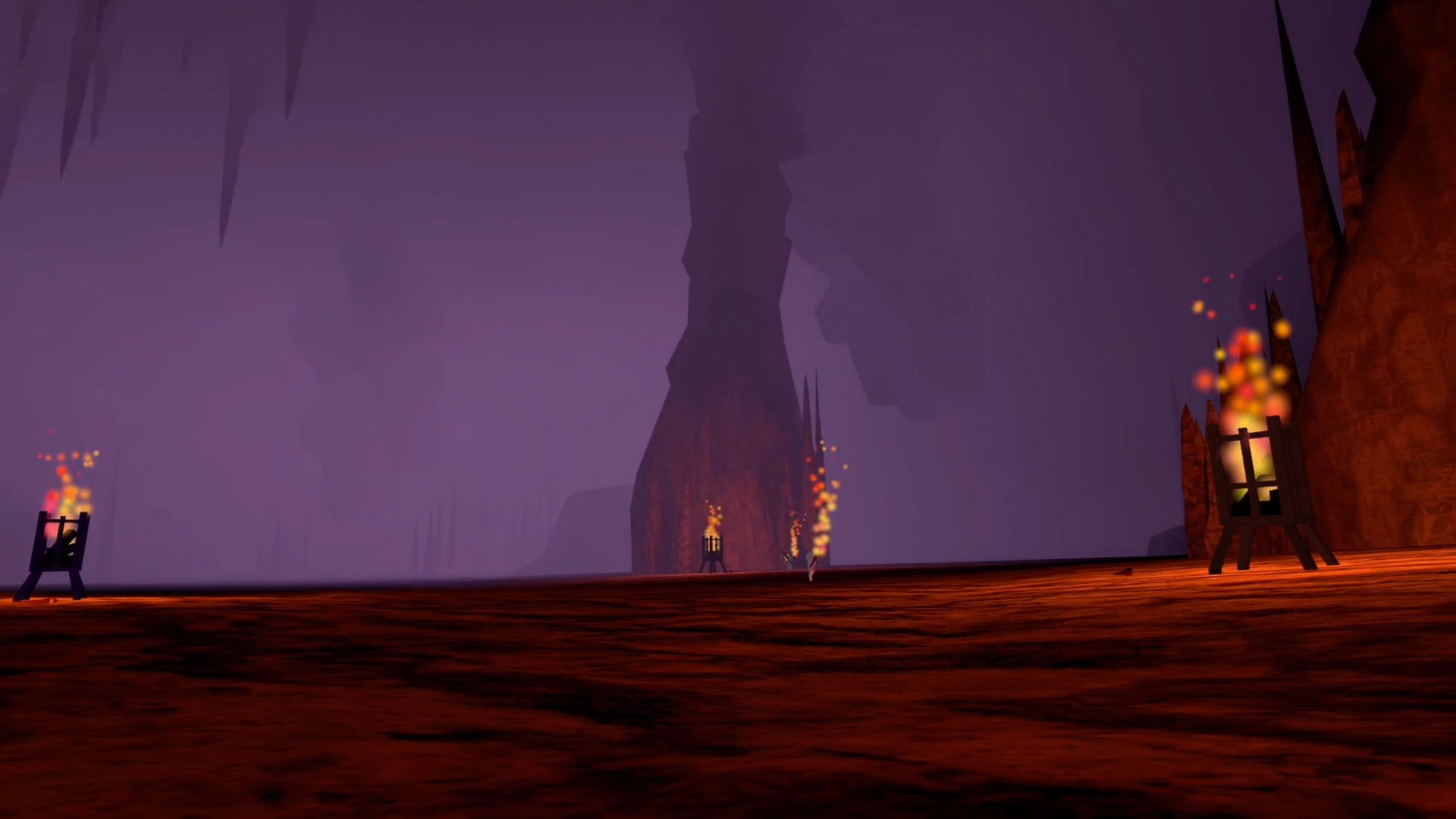Infinity
Living systems seem to manifest a different form of reality that describes a trajectory from simple organic lifeforms to more complex forms with greater capacities for self-consciousness, self-awareness, and self-organization.

Fractals - The Colors Of Infinity
“The most beautiful thing we can experience is the mysterious. It is the source of all true art and science.”
— Albert Einstein
“What is so remarkable, in fact, astounding, about the Mandelbrot set is that, even though it is infinitely complex, it is based on incredibly simple principles, unlike almost everything in modern mathematics.”
“The problem is this. Although it was based on adding and multiplying, you have to carry out those operations millions, billions of times to create a complete set. And that’s why it was not discovered until the era of modern computers.”
It was on the 1st of March, 1980, at IBM’s Thomas J. Watson Research Center in Upstate New York that Benoît Mandelbrot first glimpsed the M-Set. The seeds of this discovery were, in fact, sown decades before the M-Set was first seen. In Paris in 1917, a mathematician called Gaston Julia published papers connected with so-called complex numbers. The results of his endeavours eventually became known as Julia sets, although Julia himself never saw a Julia set. He could only guess at them, and it wouldn’t be until the advent of modern computers that Julia sets could be seen for the first time.
“For me, the first step, the most difficult mathematical problem was to program it, to see what it looked like. We started programming Julia sets of all kinds. It was extraordinary great fun. And, in particular, at one point, we became extremely interested in a set of the simplest possible transformations.”
Z = z2 + c
Dr. Benoît B. Mandelbrot
(8:22)
“When the Mandelbrot equation is given a number, representing a point, and that number is iterated through the equation, one of two things happens. Either the number gets bigger and bigger and shoots off to infinity or it shrinks to zero. Depending on which happens, the computer then knows where to draw a boundary line. So what we get from this basic iteration is a kind of map dividing this world into two distinct territories. Outside of it are all the numbers that have a freedom of infinity. Inside it are the numbers that are prisoners, trapped and doomed to ultimate extinction.”
(12:24)
“Here is another strange resonance. This series of paintings was made in 1928 by a patient of Carl Gustav Jung, the co-founder of modern psychology. Jung would have been surprised and delighted to know that the computer revolution, whose beginning he just lived to see, would give new impetus to his theory of the collective unconscious, the idea that there is a well of consciousness compounded of primordial, universal images that we all share, the substructure or background of awareness.”
“The mind clearly finds resonances in the M-Set. There are other wider implications, too. This mathematics offers new insights into the way the universe works. How much in life is determined and how much is due to chance?”
— Arthur C. Clarke
“When Isaac Newton came up with laws of motion and laws of gravity, the picture that emerged was of a clockwork universe. It was of a machine that ticked on a predetermined course. What we needed to know was where it was now, what it was doing now and then you could predict the future forever. And there were two challenges to this. One is quantum mechanics which says there is irreducible chance built into the very fabric of the universe and you can’t exactly say what it’s doing now. You can’t exactly say what it’s doing ever. But the other is things that have come out of the Mandelbrot set and related parts of mathematics. Even in a Newtonian world, in practice, you may not be able to predict the future. It can be deterministic in principle, but not in practice.”
— Prof. Ian Stewart, Mathematics Institute, Warwick University
“This is how God gave us a system that gave us free will. It is the most brilliant maneuver in the universe, to create something in which everything is free. How could you do that?”
— Dr. Michael Barnsley
“Albert Einstein refused to believe in a dice-playing deity. He wrote a letter to Max Born in which he said, ‘You believe in a God who plays dice and I in complete law and order.’ So, he obviously felt that chance and deterministic laws were not compatible. He preferred the deterministic laws. Now, what the Mandelbrot set and chaos and related things have done for us is to show that you can have both at the same time. It is not whether God plays dice that matters. It is how God plays dice.”
— Prof. Ian Stewart
(46:00)
Reflection
I have been raised in a religious tradition that continuously reinforced a separation between opposites that are caught in a cosmic struggle between good and evil, divine and demonic, the infinite and the finite, Christian and non-Christian. The existential moral struggle was extrapolated to religion and science, between the Biblical creation story and the scientific theory of evolution. However, there are many contradictions that I experienced as the first son of an evangelical Christian paediatrician who was born in the British colony of Hong Kong. My father is the first born of a family of wealthy medical practitioners and land owners whose history can be traced to a young girl orphaned by the violence of the Taiping Rebellion, raised by a British police officer in 19th century Canton, China.

The name Israel means “He struggles with God.” It has been this division between the secular and the sacred, between physics and metaphysics that has been a defining feature of my own struggle with a split identity.
“Born in a deeply religious family, the first-born son of a Chinese Canadian immigrant father born in Hong Kong and a Vancouver-born mother of English Canadian descent, I lived a divided life in suburban Vancouver. The feminine/masculine, introvert/extrovert, English/Chinese, East/West, subject/colonizer, imperial/colonial, rich/poor, sacred/secular, evangelist/propagandist, metaphorical/literal, psychological/mathematical, artistic/commercial, athletic/sedentary, suburban/metropolitan, liberal/conservative, socialist/capitalist, radical/orthodox, aesthetic/pragmatic, listening/speaking, intuitive/analytical, emotional/intellectual, rhetorical/narrative, mystical/empirical, biological/technological, experiential/theoretical, and physical/metaphysical dichotomies loomed large in my questions about identity, purpose, values, and aspirations.”

The language that we use to describe our perceptions tends to colour our understanding of the phenomena that we encounter.
“Our recent Design Science Studio event, Dissolve & Bloom, speaks to the forces of entropy and syntropy as manifestations of the whole of universal reality and particular experience. According to a scientific, analytical, and objective approach to observation of empirical data, the universe is a form of clockwork that is in a process of winding down, a decay into disorder. However, the progression of increasing order, complexity, and coherence that we seem to be witnessing is in contrast to this tendency toward separation, disorder, and atomization that the human mind associates with breakdown and death. Living systems seem to manifest a different form of reality that describes a trajectory from simple organic lifeforms to more complex forms with greater capacities for self-consciousness, self-awareness, and self-organization.”

In the second year of the Design Science Decade, the first two years are focused on reconciliation and commitment. In Canada, settlers have been unable to reckon with their ongoing participation in an ongoing project of colonization and genocide, in spite of their stated intentions to engage in a process of truth and reconciliation and to complete a national inquiry into murder and missing Indigenous women and girls. It is one thing to acknowledge that we live on unceded Indigenous territory. However, we are uncomfortable with the recognition of systemic racism and genocide. We continue to willingly participate in restarting the economy, in building and maintaining the systems of colonial theft, extraction, and human exploitation as dutiful subjects of the British Empire. The Queen of England is our head of state. Canadian land is legally referred to as Crown land,
“…as if money had real value, as if laws were universal ethical principles, as if humans could actually own land and resources as property, and as if the leaders of corporations and governments had any real authority beyond the ability to direct and control the narrative.”

On Friday, Denice Williams, an Indigenous leader, board member, innovation advisor, and CEO of the First Nations Technology Council, spoke to CreativeMornings/Vancouver about the language of separation that has caused the digital divide in Canada. Separation is designed into the Canadian social, economic, and political structures.

Over the weekend, I was involved in a meeting of the listeners of a podcast called The Liturgists. Liturgy refers to “the work of the people.” They were meeting to discuss a new episode that is in production called “Reformation.” The focus is on the reality that Christianity has always been a debate, a conversation, in a process of constant reformation and transformation from its inception. They have resolved to be a group of ex-evangelicals, atheists, Buddhists, and deconstructing Christians who are recognizing a shift in the collective consciousness toward an awareness of a non-dual reality.
I am a survivor of a genocide in China that was caused by the language of separation. In Canada, as a citizen of a fascist, authoritarian, capitalist, apartheid state and owner of Trans Mountain Pipeline, I am a perpetrator of a genocide caused by the language of separation.

I have been exploring ways to reconcile the divisions that we have built into our technologies, beginning with the practice of design, the hierarchical system humans have designed that is building and maintaining the systems of separation.
“Marketing surveys tend to divide people into segments to target messages based on age, gender, income, education, geography, and race. It is a way to perpetuate a system of metrics based on the relative value of human beings according to a monetary scale.”
A year ago, I decided to build a new mental model for understanding human perceptions, motivations, and behaviours that begins with a shift in values from scarcity to abundance, from competition to cooperation. I now recognize that I was unconsciously synchronizing with the world building process that I am now engaged in.

To synchronize with the non-linear living systems, I am living into a role that I have taken upon myself as a result of “nominative determinism.” I am recognizing my role as one who builds, rather than tears down. I have a tendency to always be in a mode of scarcity, feeling that I lack the knowledge, skill, and experience to live into a divine calling, “a crowned one heard of God, build” (Stephen Samuel Bau).
While I am at odds with the colonial history of the Christian project, I still find resonances in the Christian sacred text, “Knowledge puffs, but love builds up.”
To build means learning how to love, learning how to navigate metaphysical gravity on Spaceship Earth. Buckminster Fuller wrote, “Love is metaphysical gravity.” The interface for navigating metaphysical gravity is the physical bodies and metaphysical beings in the present awareness of a reality in which we are members of a living universe.
Rather than dividing the world into a map that either includes or excludes, I can perceive the universe as a non-linear living system, a fractal reality where both life and death are an expression of the flow of energy and matter over time.



